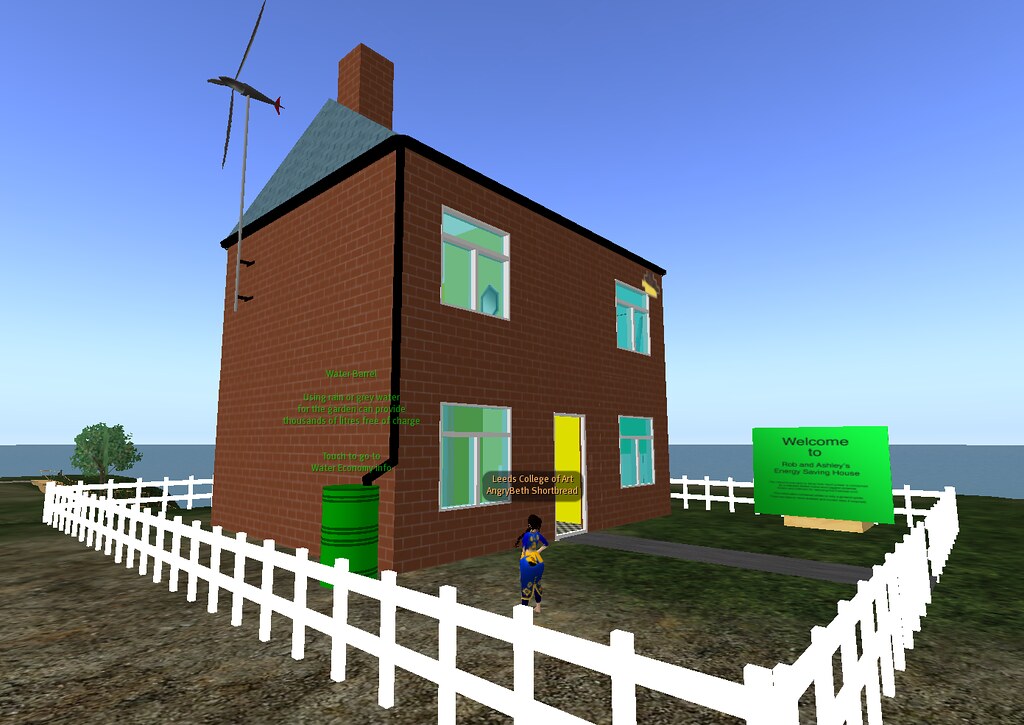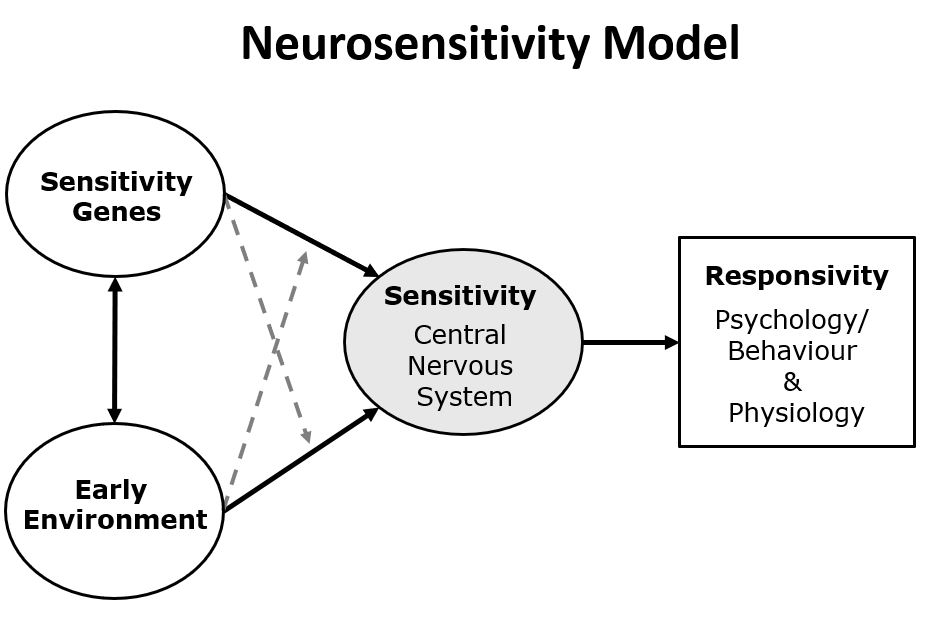Step into the vast realm of virtual worlds, where the boundaries between reality and imagination blur, and the mind transcends the physical constraints of our terrestrial existence. In this era of technological marvels, psychology has found a compelling muse in the immersive landscapes of virtual reality, granting individuals the opportunity to experience emotions and interactions like never before. Welcome to a captivating exploration of the new frontier of interactive psychology, where player interaction intertwines harmoniously with our deepest emotional experiences within the mesmerizing depths of virtual realms. Embark on a riveting journey where creativity unravels, curiosity flourishes, and the limits of our understanding are delightfully challenged.
1. Exploring the Power of Player Interaction: Unraveling the Impact on Emotional Experience in Virtual Worlds
In the vast and immersive universes of virtual worlds, player interaction serves as a catalyst for profound emotional experiences. These digital realms provide an unparalleled platform for individuals to connect, engage, and collaborate with others in ways that were once unimaginable. By delving into the power of player interaction, we can unlock a deeper understanding of its impact on emotional experiences within virtual realms.
The complex web of emotions woven within virtual worlds is a testament to the transformative influence of player interaction. Within these interactive environments, players have the opportunity to forge alliances, rivalries, and friendships with individuals from all walks of life. The dynamic nature of these connections leads to a wide range of emotional responses, from thrilling moments of triumph and camaraderie to gripping instances of betrayal and heartache. Through player interaction, virtual worlds become a canvas upon which emotions are painted, offering an unprecedented avenue for self-expression and growth. As players navigate through these immersive landscapes, the impact of their interactions on emotional experiences is unraveled, shedding light on the depth and complexity of human connection within the digital realm.

2. Harnessing the Potential: Strategies for Designing Interactive Virtual Environments that Enhance Psychological Engagement
When it comes to designing interactive virtual environments, the possibilities for enhancing psychological engagement are limitless. By implementing the right strategies, we can create immersive experiences that captivate and stimulate users on a whole new level.
To harness the potential of these environments, designers must prioritize the following strategies:
- Incorporate multi-sensory stimuli: Engage users through a combination of visual, auditory, and even tactile stimuli. From stunning graphics and realistic soundscapes to haptic feedback, each element should work together to create a truly engaging experience.
- Personalize the user experience: Implement adaptive features that tailor the virtual environment to individual preferences and characteristics. By allowing users to customize their avatars, settings, and even gameplay mechanics, we can deepen their emotional investment and sense of ownership.
- Foster social interactions: As humans, we thrive on social connections. Incorporating features that facilitate communication and collaboration within the virtual environment can greatly enhance psychological engagement. From chat systems and multiplayer modes to shared virtual spaces, opportunities for social interaction should be carefully designed and encouraged.
By employing these strategies and continually innovating, we can unlock the true potential of interactive virtual environments, offering users unique and compelling experiences that transport them to a world where engagement knows no bounds.
3. Building Empathy through Virtual Interactions: Promoting Emotional Growth and Understanding
In today’s digital age, technology has presented us with a unique opportunity to foster empathy through virtual interactions. By leveraging virtual reality (VR) and immersive experiences, individuals can step into others’ shoes, expanding their emotional growth and understanding of diverse perspectives. These virtual encounters provide a safe space for individuals to explore different realities and challenge their own biases, promoting a more compassionate and inclusive society.
Virtual interactions not only allow us to experience different viewpoints but also enable us to develop a deeper understanding of diverse emotions. Through realistic simulations and interactive storytelling, VR experiences can elicit genuine emotional responses and evoke empathy by placing users in realistic, emotionally charged scenarios. This heightened immersion allows individuals to witness and emotionally connect with the everyday struggles, triumphs, and joys of others, ultimately fostering a sense of human connection and empathy.
- Virtual reality enables us to transcend physical boundaries and immerse ourselves in the lives of others.
- By experiencing diverse emotions in virtual environments, we develop a more profound understanding of others’ experiences.
- VR experiences allow us to challenge our preconceived notions and biases in a safe and controlled environment.
Embracing these virtual interactions, we not only cultivate empathy but also pave the way for positive social change. As we learn to recognize and appreciate the unique perspectives and struggles of others, we become better equipped to address societal issues and promote inclusivity in real-world interactions. Virtual interactions have the power to shape us into more compassionate individuals, creating a ripple effect that can lead to a more harmonious and empathetic world.
4. Nurturing Well-being in Virtual Realms: Practical Tips for Fostering Positive Emotional Experiences through Player Interaction
Creating a virtual realm that promotes positive emotional experiences is crucial for the overall well-being of players. By fostering meaningful interactions and connections between players, we can enhance their virtual experiences and contribute to their emotional well-being. Here are a few practical tips to help nurture well-being in virtual realms:
- Promote collaboration: Encourage players to work together towards common goals, fostering a sense of camaraderie and teamwork. By creating activities that require cooperation, such as team quests or challenges, players can build meaningful connections with each other.
- Incentivize kindness: Implement systems that reward acts of kindness and positive behavior. Recognize and celebrate players who go out of their way to help others, promoting a culture of compassion and support within the virtual realm.
- Provide opportunities for self-expression: Allow players to personalize their avatars, environments, and experiences. Giving them the freedom to express their individuality fosters a sense of identity and belonging, leading to more positive emotional experiences.
It is essential to prioritize the emotional well-being of players in virtual realms. By implementing these practical tips, we can create environments that promote positive interactions, collaboration, and self-expression. Let’s work together to cultivate virtual realms that not only entertain but also enhance the emotional well-being of all players, leaving lasting positive impacts.
To Conclude
In conclusion, the immersive power of virtual worlds coupled with player interaction has opened up a world of possibilities for psychologists and researchers. Exploring the depths of human emotions and behaviors in these interactive settings has provided unprecedented insights into the complex landscape of our minds.
As we have delved into the intricacies of interactive psychology, we have witnessed the transformative potential of virtual environments. Through carefully designed experiments and observations, psychologists have been able to see firsthand how the emotional experiences of players can be molded and influenced by the digital realm.
From the adrenaline rush of a fast-paced virtual battle to the heart-wrenching choices in morally ambiguous scenarios, virtual worlds have proven to be a fertile ground for examining the intricacies of human behavior. The unique blend of immersion, agency, and social interaction present in these virtual landscapes has allowed researchers to understand how individual personalities, cognitive processes, and social dynamics intertwine in shaping our emotional experiences.
Yet, while virtual worlds offer a vibrantly diverse canvas for exploration, it is important to remain mindful of the potential ethical considerations. As the boundaries between reality and the virtual realm blur, researchers must tread carefully, ensuring participant safety and well-being in these immersive environments.
Moreover, interactive psychology in virtual worlds has not only proven invaluable in academic research but also holds promise in clinical settings. The potential therapeutic applications of this emerging field are vast, offering new avenues for treating anxiety disorders, phobias, or even post-traumatic stress disorder.
As we continue to unlock the mysteries of interactive psychology in virtual worlds, it is crucial to remain both awed by the possibilities and grounded in our pursuit of knowledge. Striking a delicate balance between scientific rigor and ethical considerations will allow us to harness the transformative power of these immersive environments and pave the way for an even deeper understanding of our emotional experiences.
In this realm where the boundaries of reality and the virtual blur, interactive psychology stands as a testament to the human capacity for introspection and growth. We find ourselves on the cusp of a new frontier, where virtual worlds not only entertain but also enlighten, offering us a unique mirror into our own souls.
Interactive psychology has been widely studied in the world of virtual technology as a way to improve the user experience. With the advancement of graphics processing, virtual worlds have become visually rich and immersive, allowing people to experience enhanced emotional connections with the people they interact with.
In virtual worlds, people interact with each other in ways similar to how they would in the real world. They engage in conversations, express emotions, build relationships, and perform tasks. Furthermore, this interaction is often enhanced through the introduction of virtual assistance, such as avatars or robots, that can act as surrogates to help people express themselves.
The introduction of these interactive elements has the potential to create an emotional experience that can be more powerful than what is possible in the real world. For example, by interacting with an avatar or robot, people can experience emotions such as empathy, fear, joy, and connection. This can be beneficial for those who have difficulty expressing themselves in public or those who may be more comfortable conveying emotions in an avatar-based environment.
In addition, this type of interactive psychology could provide insight into how people interact with one another in real life situations and how different emotions can be elicited through virtual interaction. For example, studies have shown that virtual reality games can trigger emotions such as joy, fear, and excitement, which could provide insight into how people might react in similar scenarios in a real-world setting.
Interactive psychology is an exciting field that has the potential to create new and better experiences in virtual worlds. By researching how people interact with avatars, robots, and virtual reality, we can gain insight into how to better utilize technology to enhance emotional connections in both virtual and physical worlds. This could have far-reaching implications for communication and social interactions, opening up exciting new possibilities for virtual worlds.



